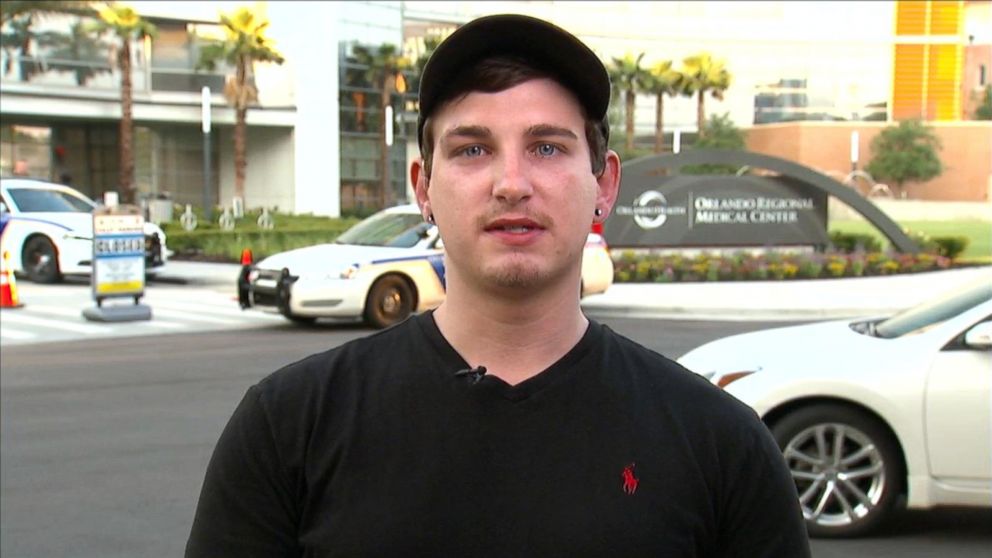How to Help the Injured in an Emergency
Learn when to use pressure and when to use a tourniquet.

— -- In a medical emergency, mere seconds can count in a rush to save the lives of the injured.
In Orlando, multiple people were seen being rushed out of the Pulse nightclub with makeshift tourniquets and bandages around injured limbs. Joshua McGill, who said he ran out of the club when he heard gunshots, said he later stumbled across a stranger bleeding from both arms.
“That’s when I noticed he had been shot once in each arm,” he told ABC News. “I took my shirt off, tied it around his first initial gunshot wound on his left arm. I took his shirt off, tied it around his other arm where the other gunshot wound was.”
“I just applied as much pressure as I could as we were walking him to the nearest officer that was on standby,” McGill said.
McGill may have saved the man's life by using a simple but incredibly important technique -- stopping the bleeding with pressure. Even a person with a severe injury may be saved if blood loss can be stopped long enough to get to a hospital.

“Stopping bleeding is the most important thing for severe extremity bleeding,” said Dr. Gregg Margolis, a director in the office of Preparedness and Response in the U.S. Department of Health and Human Services. A person can bleed to death in three to five minutes, which is faster than most first responders can arrive on the scene. Margolis noted.
“We have learned hard lessons on the battlefield and in the streets,” he said.
Pushing very hard on the bleeding site, with bandages or clothing, is the first step. “You have to push really hard,” Margolis noted.
If the bleeding does not stop, a tourniquet can be a safe but temporary solution, said Dr. Scott Sasser, chair of emergency medicine at the University of South Carolina in Greenville.
McGill, the survivor of the Orlando shooting, said he fashioned a tourniquet out of his shirt, which he tied around the victim’s arm. However, ready-made tourniquets are becoming increasingly common in first aid kits and alongside emergency defibrillators in public places, Sasser explained. They often come with an easy-to-follow instruction card, he added.
A tourniquet is placed two to three inches closer to the torso than the source of the bleeding, according to the national “Stop the Bleed” campaign from the Department of Homeland Security.
If a ready-made tourniquet is not available, then a bystander can improvise with a wide piece of cloth or other available material, Margolis explained. The most effective tourniquets are the tightest, he added.
Tourniquets have been debated in the past, with concerns that they may cause permanent limb damage after only one or two hours. However, the science is clear about their potential benefits, Margolis said.
"The benefits of tourniquets in severe bleeding in the arms or legs is not very controversial," Margolis said. "The benefits far outweigh any small risk of complications. It is better to err on the side of applying a tourniquet.”
Sasser agreed: “We know that this is effective in stopping extremity hemorrhage. We know that they are safe and someone can learn how to apply one literally immediately with just-in-time training. And they can save somebody’s life.”
When confronted with a tragedy like Orlando, Sasser said it is most important for bystanders to first be aware of their surroundings, move themselves and other victims to safety, and call 911. However, the “Stop the Bleed” campaign reminds that “you are the help until help arrives.”
“We know bystanders are present. We know they will act. And we know that bystanders save lives,” Sasser said.
Dr. Akshay Ganju is a resident in emergency medicine at Emory University in Atlanta, Georgia. He is currently a resident in the ABC News Medical Unit.




